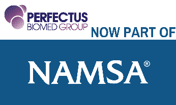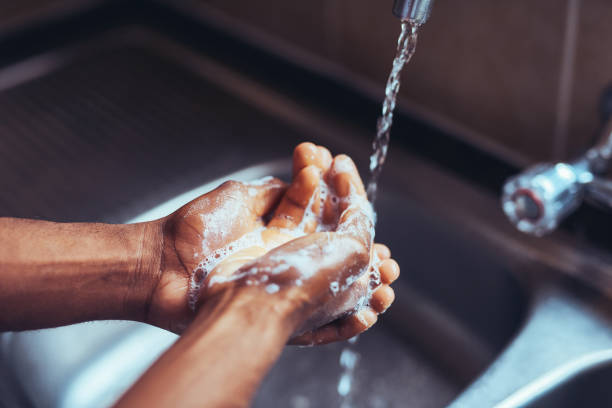H]Throughout the pandemic the burden of data required to take a hand wash product to market was significantly reduced. As we emerge from the last two years regulatory requirements are changing to again include safety testing, efficacy testing and the inclusion of a significant volunteer study.
The coronavirus pandemic required the disinfectant and biocides industry to react quickly to the fast-changing situation and keep up with the demand from the market for products such as hand sanitizers. Regulatory bodies, such as the EPA, FDA and HSE, were issuing temporary guidance that allowed flexibility for certain manufacturers to help meet the increased demand.
Fast forward to 2022, a post COVID world, companies are continuing to develop and assess new handwash formulations for their in-use effectiveness, however, the regulatory bodies now require substantiation to technical data files for products which were permitted to go to market without such testing and regulatory approval. The FDA published in January 2022 – “Alcohol-based hand sanitizers manufactured before or on December 31, 2021 and produced under the temporary guidance’s cannot be sold or distributed by manufacturers after March 31, 2022.”1 unless the companies have tested and presented data in line with regulatory body requirements.
The FDA added further clarification stating that “Companies manufacturing alcohol-based hand sanitizers and alcohol for use in alcohol-based hand sanitizers under the temporary policies must have ceased production of these products by December 31, 2021.”
These updates in standards require constant vigilance and preparation to meet the needs of the market. Perfectus Biomed Group is dedicated to supporting our clients and have extensive expertise in the test standards EN 1500 and EN 1499 and EN 12791.
Standards and Submissions
EN 12791– Medical Use Handwash/Handrub Test
EN 12791 outlines a test method that simulates use of products for surgical hand disinfection. The standard applies to products for surgical handrub or handwash for use in areas and situations where disinfection is medically indicated. This includes hospitals, community medical facilities, dental institutions, nursing homes and is used to assess if a product effectively reduces the release of microbial flora on the hands.
Prior to testing with a product, transient microbial flora is removed from volunteer hands. Surgical hand rubs or hand washes are applied to volunteer hands as per the manufacturer’s instructions for the claimed time. The effect of the product is determined immediately after application and following a 3-hour wear time. The ratio of the resulting values before and after treatment represents a measure for the antimicrobial activity of the product under test.
EN 1500– Hygienic Handrub Test
EN 1500 outlines a test method which simulates practical conditions for establishing whether a product for hygienic handrub reduces the release of transient microbial flora on hands when rubbed onto the artificially contaminated hands of volunteers. This standard applies to products for hygienic handrub for use in areas and situations where disinfection is medically indicated. Such as hospitals, community medical facilities, dental institutions, nursing homes.
Hands of volunteers are artificially contaminated with test organisms. The number of test organisms released from their fingertips into sampling fluids is assessed before and after the hygienic handrub. The ratio of the before and after values represents a measure for the antimicrobial activity of the product tested.
EN 1499– Hygienic Handwash Test
EN 1499 outlines a test method which simulates practical conditions for establishing whether a product for hygienic handwash reduces the release of transient microbial flora on hands when rubbed onto the artificially contaminated hands of volunteers. This standard applies to products for hygienic handwash for use in areas and situations where disinfection is medically indicated. Such as hospitals, community medical facilities, dental institutions, nursing homes.
Hands of volunteers are artificially contaminated with test organisms. The number of test organisms released from their fingertips into sampling fluids is assessed before and after the hygienic handwash. The ratio of the before and after values represents a measure for the antimicrobial activity of the product tested.
A Regulatory Guide for You
Our methods mimic real-world scenarios to test hundreds of products, including these mentioned. Perfectus Biomed Group has extensive experience in producing robust, reproducible, and rapid data that is submitted to global regulatory bodies. These test methods support companies who are continuing to develop and assess new handwash formulations.
If you are looking for a partner to develop and customise a method to meet your requirements, such as additional wash steps, specific volunteer numbers, or use alternative organisms, contact us to discuss your product claims.
References
- 1) https://www.fda.gov/drugs/coronavirus-covid-19-drugs/hand-sanitizers-covid-19#:~:text=Alcohol%2Dbased%20hand%20sanitizers%20manufactured,manufacturers%20after%20March%2031%2C%202022.

